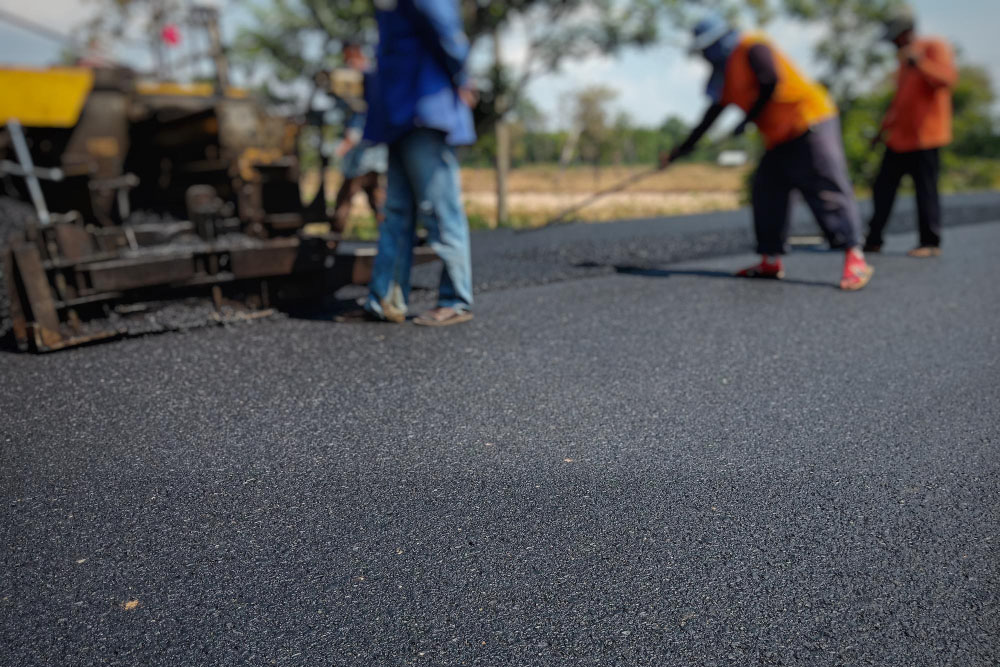
When it comes to maintaining and extending the life of asphalt surfaces, understanding the difference between asphalt paving and seal coating is crucial. Both processes serve different purposes and can significantly impact the longevity and appearance of your driveways, parking lots, or any other asphalt surfaces.
In this post, we'll break down the primary differences between asphalt paving and seal coating, detail their benefits, and help you decide which one is best for your specific needs. Whether you're in Sanford, FL, or beyond, knowing these differences can save you time, money, and a lot of headaches.
Asphalt paving refers to the process of laying down a new layer of asphalt on a prepared surface. This involves several steps:
Seal coating is a protective layer applied over an existing asphalt surface. The process involves:
One common misconception is that seal coating can repair significant damage to asphalt. While it can fill minor cracks and improve the surface appearance, it cannot fix structural issues. For substantial damages, asphalt paving is the appropriate solution.
Another misconception is that asphalt paving and seal coating serve the same purpose. As we've discussed, they are distinct processes with different goals—construction versus maintenance.
While asphalt paving is a more substantial investment, it provides a long-term solution. Seal coating, on the other hand, offers a cost-effective way to protect your asphalt and extend its life.
If you're looking for a short-term fix to improve appearance and protection, seal coating is ideal. For a long-term solution that addresses underlying issues, asphalt paving is the way to go.
Understanding the difference between asphalt paving and seal coating is essential for making informed decisions about your asphalt surfaces. Both processes offer unique benefits and serve different purposes. By assessing the condition of your asphalt, considering your budget, and identifying your long-term goals, you can choose the right solution for your needs.
If you need assistance with seal coating or asphalt paving in Sanford, FL, contact Florida Sealcoating today for a free estimate. Our team of experts is here to help you make the best decision for your property.
Don't wait – protect your investment and enjoy a smooth, durable asphalt surface for years to come.
By following this guide, you'll not only enhance the longevity and appearance of your asphalt surfaces but also ensure that you choose the most cost-effective and suitable solution for your specific needs. Whether you opt for asphalt paving or seal coating, the key is to stay proactive with maintenance and address issues promptly to maximize your investment.
For more information and expert advice, stay tuned to our blog and feel free to reach out with any questions or concerns. We're here to support you every step of the way in maintaining and improving your asphalt surfaces. Thank you for choosing Florida Sealcoating!